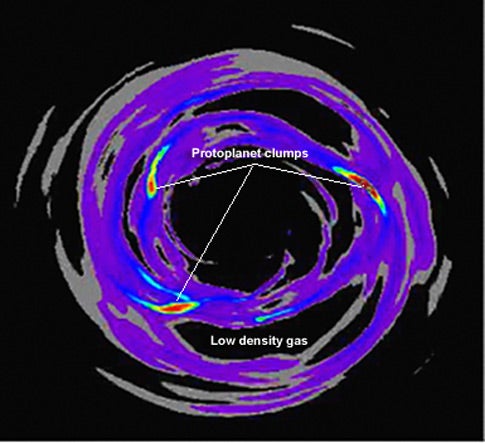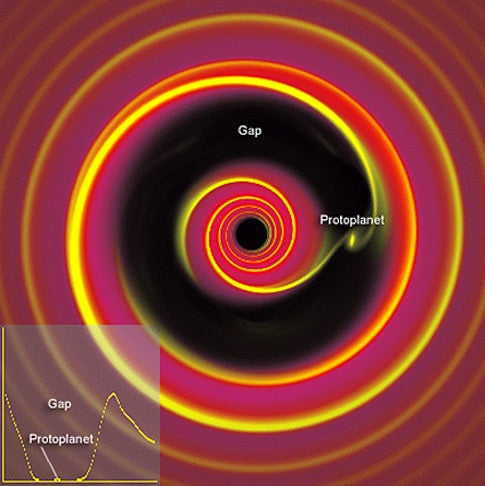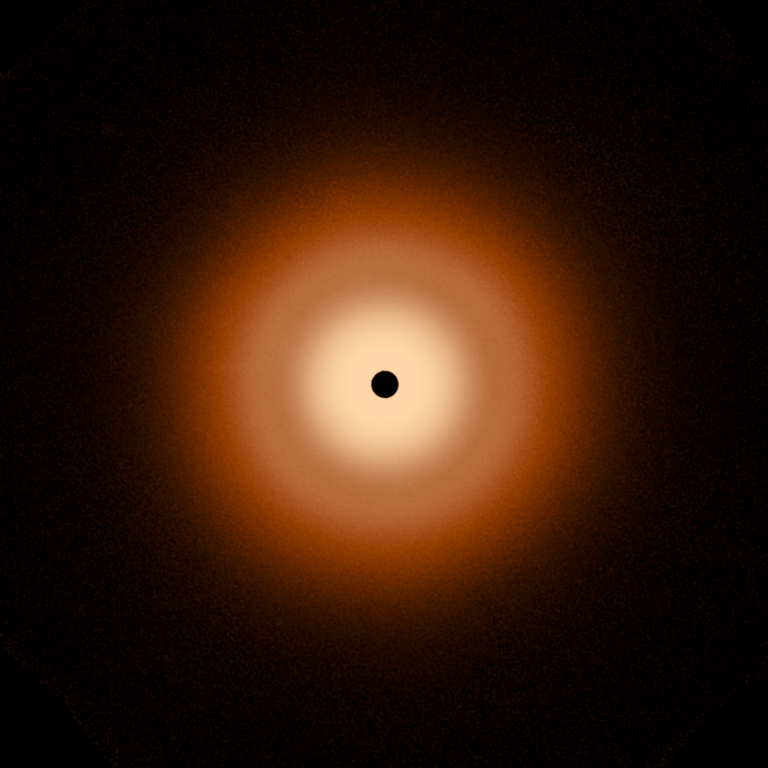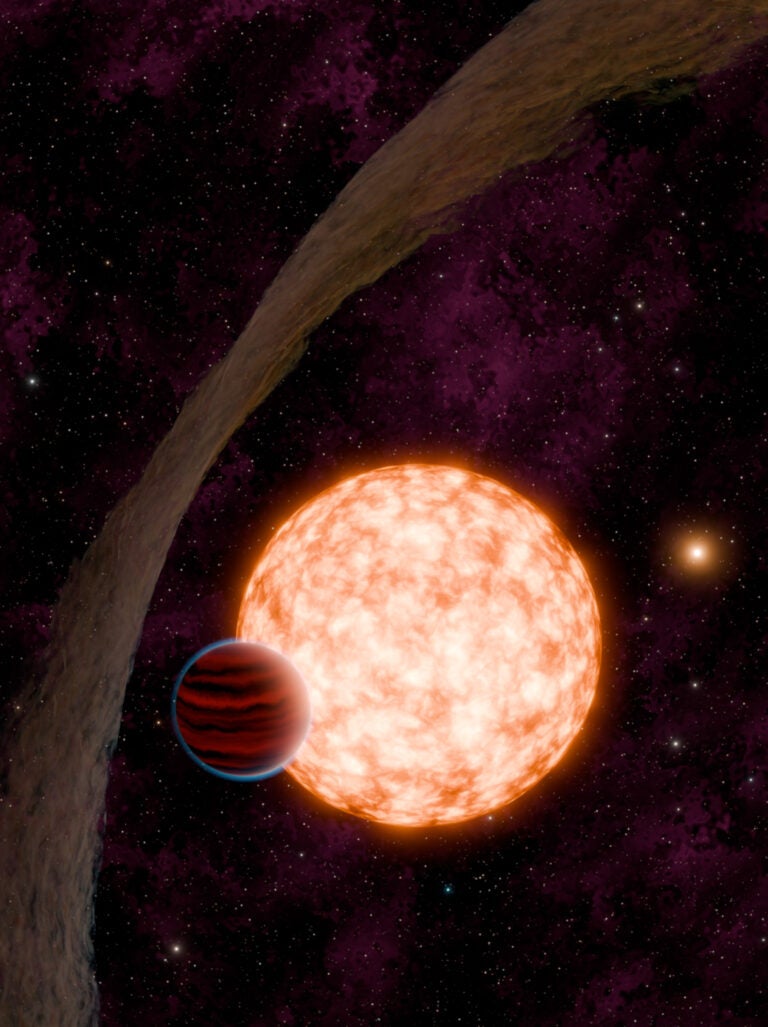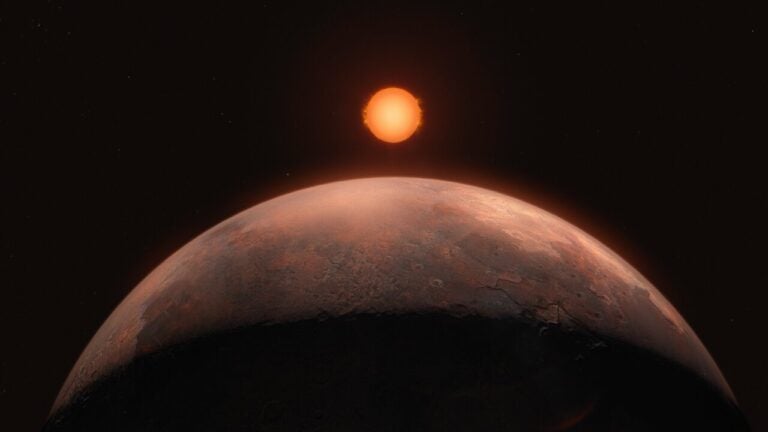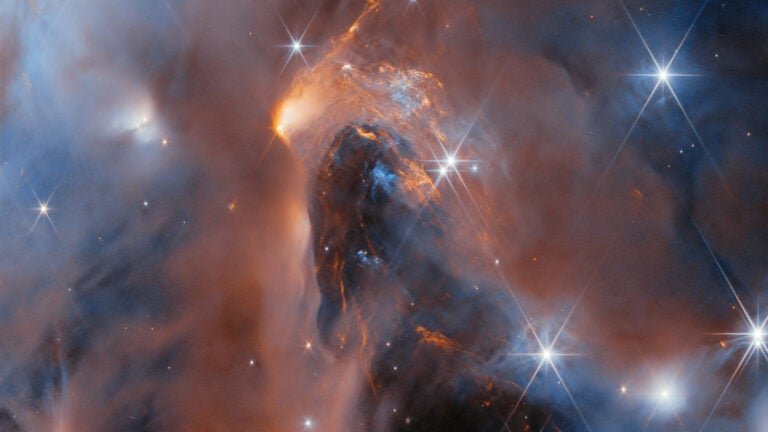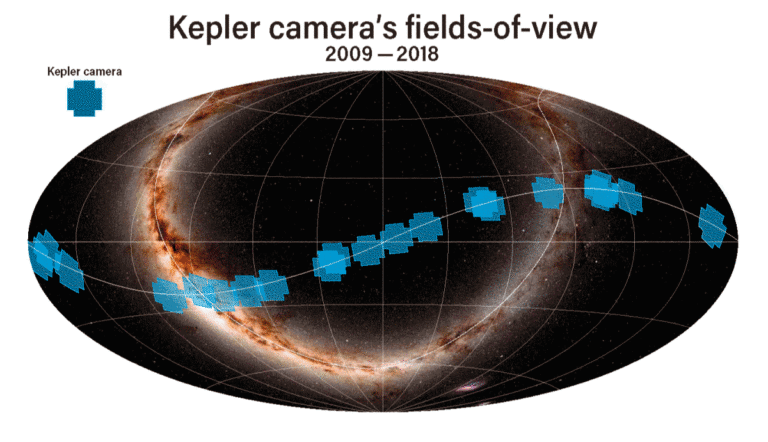Boss thinks something else is at work. His simulations show that dense, self-gravitating clumps easily form in the gaseous disks around young stars, and they do so rapidly enough to form objects like Uranus and Neptune. Density variations come and go in the spinning disk of gas. Some clumps grow large enough that their own gravity attracts more gas to them, and they continue to grow. A few survive as potential gas-giant cores.
It’s possible that modifications to core-accretion theory, or a hybrid model in which both gravitational instability and core accretion play roles, will prove better able to build planetary systems. Perhaps different astrophysical environments favor different mechanisms. Computer models help scientists sort this out.
As a planet grows beyond about 10 percent of Jupiter’s mass, its interaction with the protoplanetary disk strengthens. The planet steals orbital energy from the part of the disk inside its orbit and deposits orbital energy in the disk outside its orbit. The effect is to repel gas from a zone centered on the planet’s orbit, creating a gap in the disk. The planet may still accrete material by herding gas flowing in from the gap’s edges, but its growth rate diminishes once the gap forms. By the time the planet reaches Jupiter’s mass, the gap is almost entirely evacuated.
Once a gap forms, the planet’s orbital destiny is locked with the disk’s. If internal stresses in the disk cause it to expand away from or toward the star, the planet moves with it, all the while remaining within its gap. This Type II migration can move a planet in either direction. Scattering lots of small bodies, such as asteroids or Kuiper Belt objects, also can produce this type of orbital change. In fact, astronomers think Uranus and Neptune may have moved outward, too. Once they grew massive enough, the two planets began scattering objects in the Kuiper Belt, which expanded their orbits.

